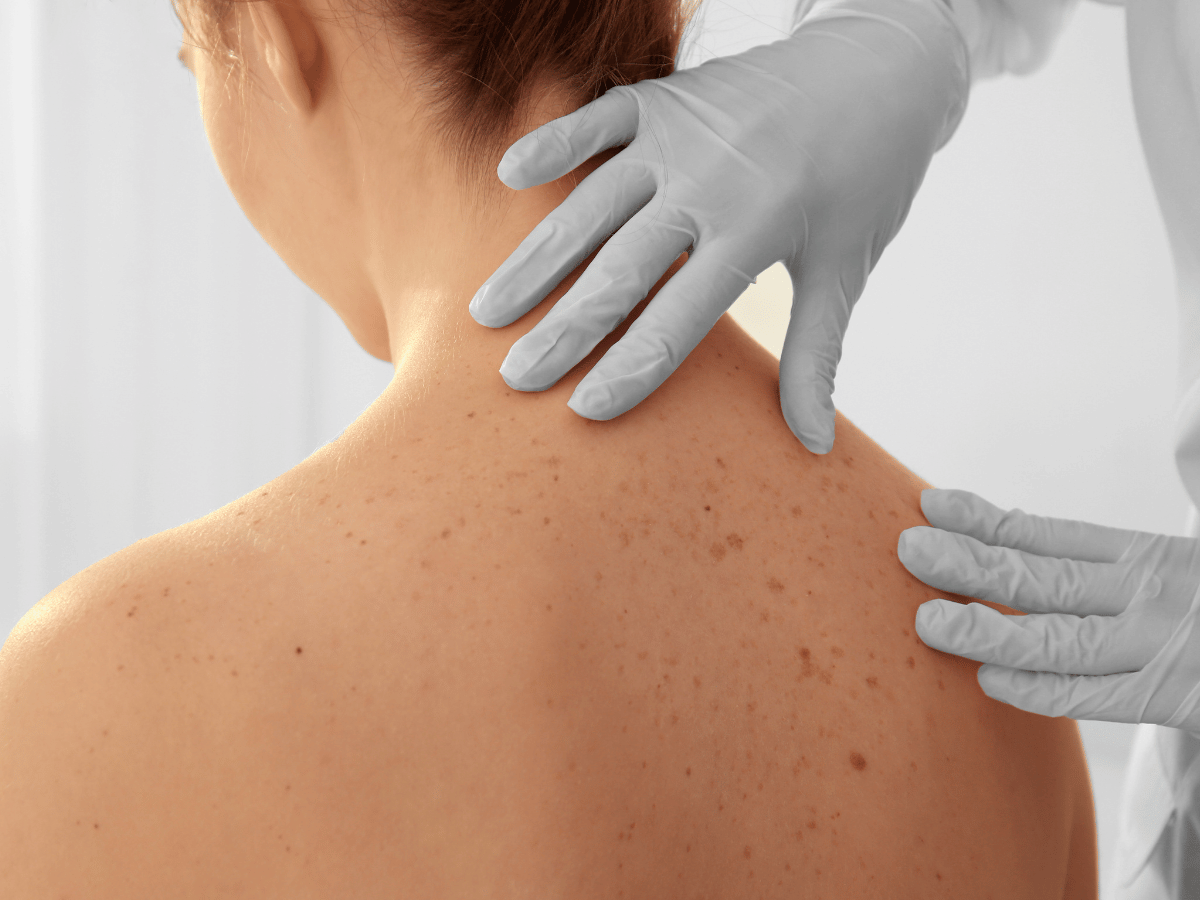
Melanoma is more than just “skin cancer.” It starts in melanocytes, the pigment-producing cells in the skin, and though it’s less common than basal or squamous cell carcinoma, it’s far more aggressive. When detected early, melanoma is highly treatable. When left unnoticed, it can quickly spread to internal organs like the lungs, liver, and brain.
As health professionals, we’ve seen how vital awareness is. Many patients first come to us assuming a spot is just a mole or age spot. By the time they realize it looks or feels different, it may have already advanced. Understanding melanoma and its early warning signs can be life-saving.
Melanoma cases have steadily climbed throughout the United States, and South Florida is no exception. Nationally, the American Cancer Society estimates over 100,000 new melanoma cases this year alone. In regions like ours, the risk is amplified by our tropical climate and sun-soaked routines.
South Floridians enjoy countless outdoor activities, beach days, boating, and gardening, but these come with a cost: increased exposure to harmful UV rays. Even brief, unprotected time in the sun adds up over the years. We encourage families in our region to be especially proactive when it comes to skin protection and screening.
No one is immune to melanoma, but several factors significantly raise the risk:
Understanding these risk factors helps us not only prioritize prevention but also tailor treatment approaches. For example, detecting a BRAF mutation in a patient allows us to target the tumor with more precise therapies.
Self-examinations are a key part of melanoma prevention. We often recommend people follow the ABCDE rule to detect suspicious moles or lesions:
We’ve encountered countless cases where early detection helped patients avoid more invasive treatments. Keep an eye out for new growths or changes in existing marks, and when in doubt, get it checked out.
In our experience, many patients never considered a total skin exam until a partner or family member mentioned a suspicious spot. Routine screenings, whether with a dermatologist or through self-monitoring, make all the difference.
We recommend annual skin checks for adults, especially those with high UV exposure or a family history. For at-risk patients, more frequent screenings may be advised. During a check, dermatologists use dermatoscopes or even full-body photography to observe and track changes over time.
If we suspect melanoma, the first step is usually a skin biopsy to confirm the diagnosis. Additional methods include:
We categorize melanoma into stages 0-IV, with stage 0 being localized and stage IV indicating metastasis. Treatment plans hinge heavily on these stages, making timely diagnosis crucial.
Treatment has come a long way, thanks to precision medicine, we now have more tools at our disposal than ever before.
For early-stage melanoma, surgical excision often suffices. Margins are assessed carefully to ensure complete removal. For more advanced cases, or when cancer spreads:
Our oncology team works closely with patients to create personalized treatment plans, combining modalities when appropriate to optimize outcomes.
We believe prevention is powerful. Whether you’re at high risk or just want to protect your skin, these practices go a long way:
Make sun safety a daily habit. Teach children early, too, childhood sunburns dramatically raise melanoma risk later on.
Ongoing research continues to reshape how we understand and treat melanoma. We’re especially optimistic about developments in:
Clinical trials right here in Florida and across the U.S. are providing hope to patients with advanced and treatment-resistant melanoma. If you or a loved one has been diagnosed, we can help navigate trial eligibility and enrollment.
Since no two journeys with melanoma are the same, we provide comprehensive support at every step. Our team connects patients with:
We walk with patients from diagnosis to survivorship, ensuring they feel empowered, supported, and never alone.
If you’ve noticed an unusual mole or are concerned about your melanoma risk, don’t wait. Schedule a consultation with South Florida Multispecialty Hospital today, our dermatology specialists are here to support early diagnosis and guide you through every stage of care.
Melanoma is a type of skin cancer that begins in melanocytes, the skin cells responsible for pigment. It often develops due to chronic UV exposure, leading to DNA damage that causes uncontrolled cell growth.
Risk factors include excessive sun exposure, fair skin, family history, many moles, frequent sunburns, and genetic mutations like BRAF.
Look for asymmetrical moles, irregular borders, uneven colors, large diameter (greater than 6 mm), or moles that are evolving, changing shape, size, or color.
We recommend annual full-body skin exams. Higher-risk individuals, like those with a family history, may need more frequent visits.
Daily sunscreen, UV-protective clothing, avoiding tanning beds, staying out of midday sun, and consistent skin exams are all essential.
Stages range from 0 (in situ) to IV (advanced). Early stages are confined to the skin; later stages involve spread to lymph nodes or distant organs.
Your health deserves dedicated attention and comprehensive care. Join our Concierge Primary Medical Care program today and experience a new standard of personalized medical care.
Schedule a consultation now using the below listed form!
Connect with South Florida’s trusted multispecialty care team and take control of your health with compassion and convenience.
©2025 South Florida Multispecialty Medical Group. All Rights Reserved.